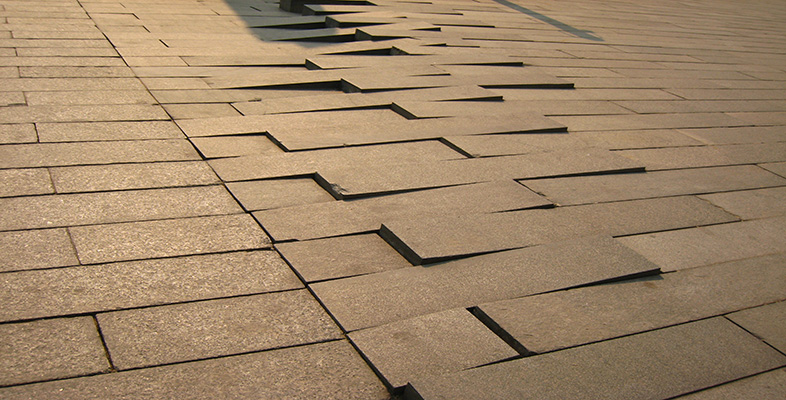3.6 Destructive plate boundaries, continued: ocean-continent (Andean type) subduction
When an oceanic plate converges with a continental plate, it is always the ocean plate that subducts beneath the continental plate. Continental lithosphere lies at a higher surface elevation than oceanic lithosphere because of its lower overall density. The resistance shown by continental lithosphere to subduction is simply a further reflection of its lower density.
This type of destructive plate boundary is characterised by the west coast margin of South America. Here, the oceanic lithosphere of the Nazca Plate is being subducted beneath the overriding continental lithosphere that forms the western part of the South American Plate. The overriding continental edge is uplifted to form mountains (the Andes) and the collision zone itself is marked by a deep ocean trench that runs parallel to the continental margin. A chain of active volcanoes runs along much of the length of the South American Andes from Colombia to southern Chile. The ocean trench is similarly characterised by a dipping Wadati-Benioff zone, and is marked by earthquakes reaching depths of several hundred kilometres. The shallowest earthquakes (Andean margins is very similar to those described in the previous section, with the added influence of the greater thickness of the overriding continental lithosphere and the probable increased flux of sedimentary material into the system as a result of continental erosion.
